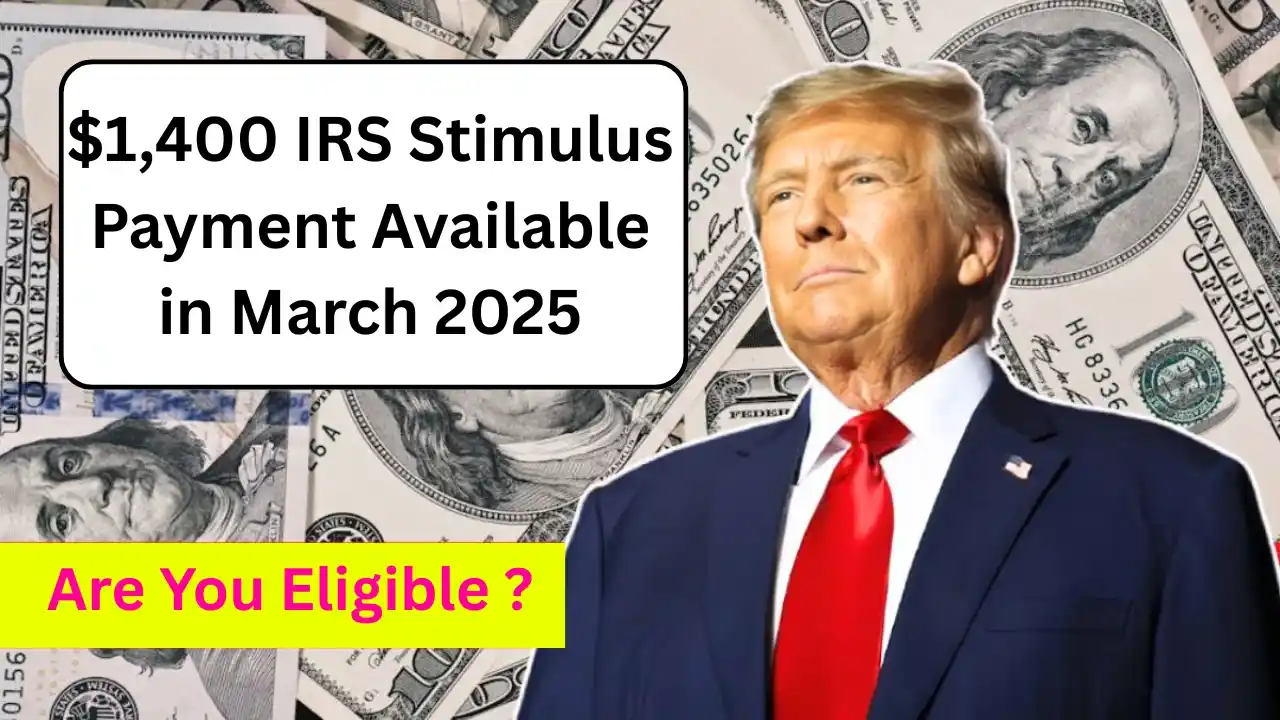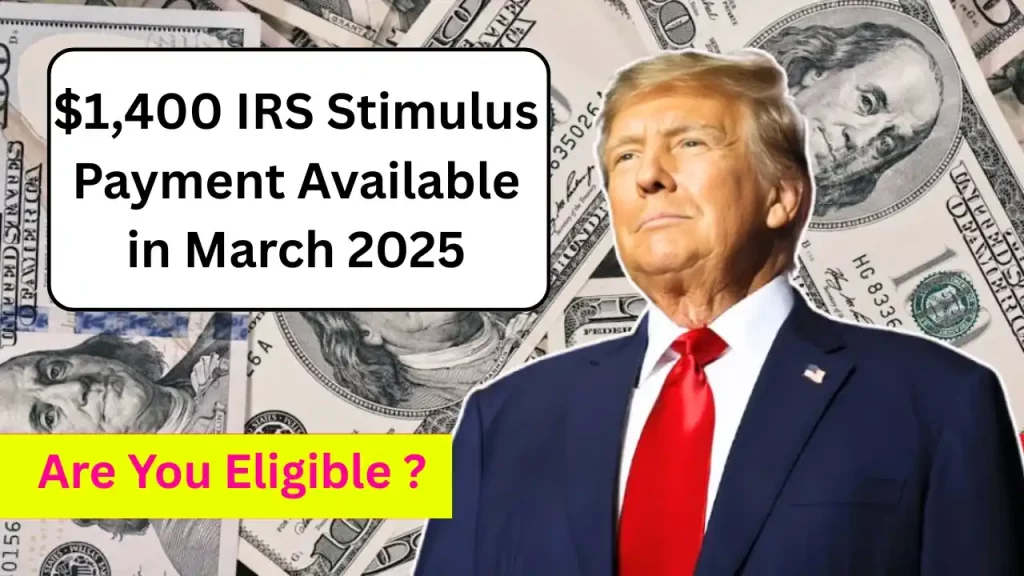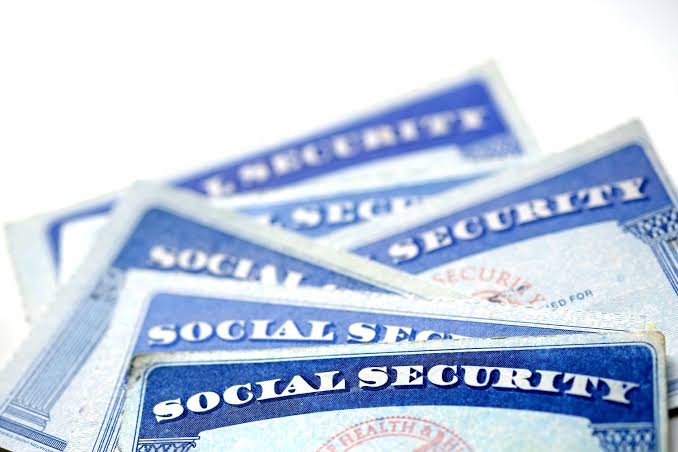If you thought stimulus checks were a thing of the past, think again. The IRS is now sending out up to $1,400 per person to around one million Americans—and chances are, some people don’t even realize they’re eligible. But this isn’t a new stimulus program. It’s part of a retroactive effort to pay out missing 2021 Recovery Rebate Credits from the third round of COVID relief. And while many of these payments are automatic, there’s a hard deadline coming—April 15, 2025—that could be your last shot at claiming what you’re owed.
What’s the $1,400 Stimulus Check in 2025 Really About?
The payments being sent out this year aren’t part of a new relief plan—they’re leftover money from the 2021 stimulus package authorized by the American Rescue Plan. Some people who were eligible for the third stimulus check never got it, either because they didn’t file taxes, filed too late, or had incomplete information on record.
To fix that, the IRS is now issuing these payments automatically to anyone who filed a 2021 tax return and didn’t previously receive their full stimulus amount.
Who’s Eligible to Get the $1,400 Check?
To qualify for this catch-up payment, you must:
-
Have filed a 2021 federal tax return
-
Have not already received the full third stimulus check (worth up to $1,400 per person, plus dependents)
-
Meet the income requirements:
-
$75,000 or less for individuals
-
$150,000 or less for married couples filing jointly
-
If your income was slightly above those levels, you may still qualify for a partial payment due to phase-out rules. The IRS is using 2021 tax data to determine eligibility.

How Will You Get Paid?
If you’re owed money and the IRS has your current banking info from your most recent return, they’ll direct deposit the funds. Otherwise, a check or prepaid debit card will be mailed to the address on your file.
Those who qualify are already seeing deposits roll out, with most arriving between January and March 2025, though some may continue into summer depending on processing times.
What If You Didn’t File in 2021?
Here’s where it gets critical: If you never filed a 2021 tax return, you could still be eligible—but you must file by April 15, 2025. After that date, you permanently lose your right to claim the payment. There are no extensions, no grace periods.
The good news? Filing a late return just to claim the Recovery Rebate Credit is still possible, and many low-income filers may not owe anything else on that return. You can even file for free using IRS Free File tools or local tax assistance centers.
What You Should Do Right Now
-
Check your 2021 return: Did you claim the Recovery Rebate Credit? If not, you may still be owed money.
-
Didn’t file? File your 2021 return before April 15, 2025 to claim your payment.
-
Confirm your direct deposit info is up to date if you’ve changed banks.
-
Watch for IRS notices or deposits labeled “TAX RELIEF” or “IRS TREAS 310.”
-
Avoid scams—no one from the IRS will ask you for your Social Security number over email or text. If you get a message like that, delete it and report it.
Final Word
This isn’t free money falling out of the sky—it’s yours if you were eligible and didn’t receive it back in 2021. But time is running out. If you don’t act by April 15, 2025, you lose the opportunity forever.
The IRS isn’t making a big splash about these payments—but that doesn’t mean they’re not real. If you suspect you missed out, the best thing to do is file your 2021 taxes, check your eligibility, and get what’s rightfully yours before it’s too late.



